Employees vs. 1099 Workers: What It Means for Your Insurance
Understanding the difference between employees and 1099 workers is crucial for managing your business effectively and ensuring you're compliant with insurance requirements. Here at Risk Managers, LLC, we aim to provide you with clear and concise information to help you navigate these distinctions and their implications for your insurance needs.
Defining Employees and 1099 Workers
Employees (W-2 Workers): Employees are individuals who work for your company on a regular schedule that you determine. They use tools and equipment that you provide and adhere to the policies and procedures of your business. As their employer, you have control over their work processes and outputs.
1099 Workers (Independent Contractors): 1099 workers, or independent contractors, are hired to complete specific tasks or projects. They set their schedules and use their own tools and equipment. Unlike employees, they are not subject to the same level of control and supervision by your business.
Insurance Requirements for Employees
When you hire employees, you are required to carry workers' compensation insurance. This insurance provides coverage for medical expenses and lost wages if an employee is injured on the job. Ensuring you have this coverage is not only a legal requirement but also a critical protection for your business and employees.
Insurance Considerations for 1099 Workers
For 1099 workers, the insurance requirements differ significantly:
- Certificates of Insurance: Independent contractors should carry their own insurance. As a business owner, you should collect certificates of insurance from each 1099 worker you hire. This documentation ensures they have the necessary coverage and protects you from liability.
- Subcontractors: When contractors work as subcontractors for another contractor, they must provide certificates of insurance. This practice ensures that all parties are protected and clarifies responsibility in case of accidents or damages.
Special Considerations
- Workers' Compensation for Subcontractors: Sometimes, contractors might request proof of workers' compensation insurance. However, if a small subcontractor has no employees and operates alone as the owner, workers' compensation may not be necessary. In such cases, a waiver can be obtained from the state to formalize this exemption. You can obtain a waiver here.
Key Points to Remember
- Employees must be covered by workers' compensation insurance provided by the employer.
- Independent contractors should have their own insurance, and you should collect certificates of insurance from them.
- Subcontractors working alone can waive workers' compensation if they have no employees, but a formal waiver should be obtained.
Understanding these distinctions and insurance requirements helps ensure your business remains compliant and protected.
Ready to review your insurance needs? Schedule a consultation with Risk Managers, LLC today to ensure you have the right coverage for your business and workforce.










